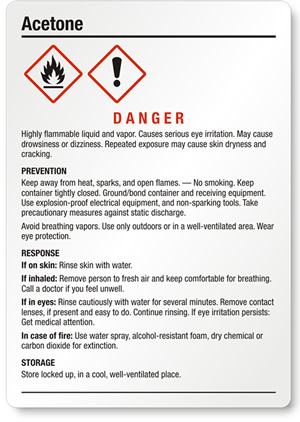The video on the right shows oil that came from a given mass of a popular brand of blue berry muffin. Oil was isolated following the procedure given below.
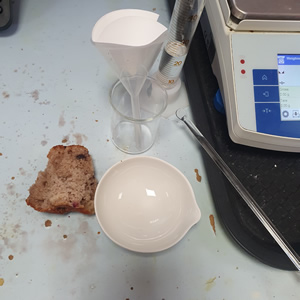
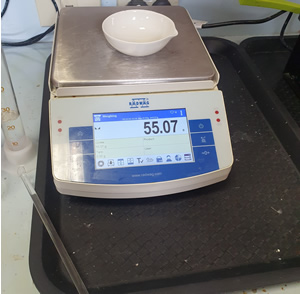
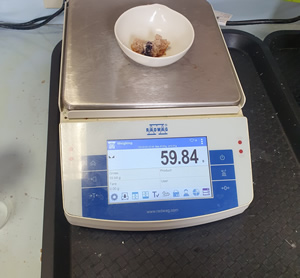
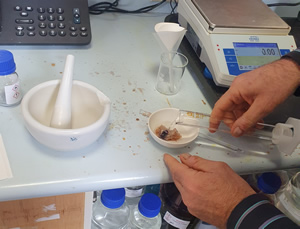
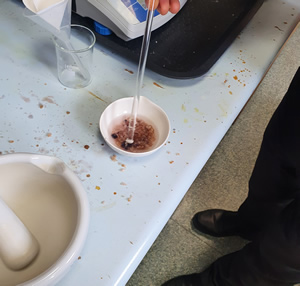
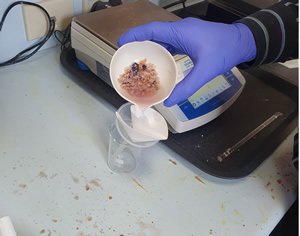
The evaporating dish is then wash and thoroughly dried.
The filtrate is then poured into the evaporating dish and allowed to evaporate overnight in a well ventilated fume cupboard.
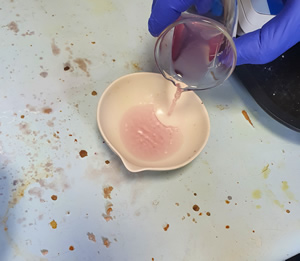
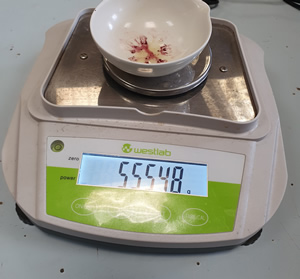
1. Identify the :
- Filtrate _______________
- Residue ______________
- Solvent used ______________
2. Calculate the percent, by mass, of oil in the muffin.
i. Construct a table of data.
ii.
Show all calculations
3. Consider the image on the right. It is a pre-packaged muffin sold at a convenience store similar to the one tested. Calculate the mass, in grams, of oil present in one whole muffin, as shown on the right.
4. What can you say about the food colouring that was found in the filtrate along with the oil?
5. The procedure shown above attempted to isolate the oil from a given mass of muffin. Suggest two possible errors with the procedure given above and offer two ways to improve the procedure.
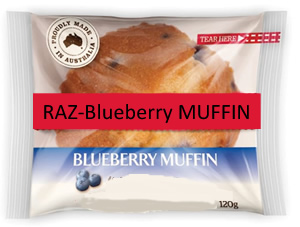
6. Consider the label on the right.
a. Identify 3 risks associated with the use of acetone.
b. For each safety risk, suggest one way to mitigate the risk.
